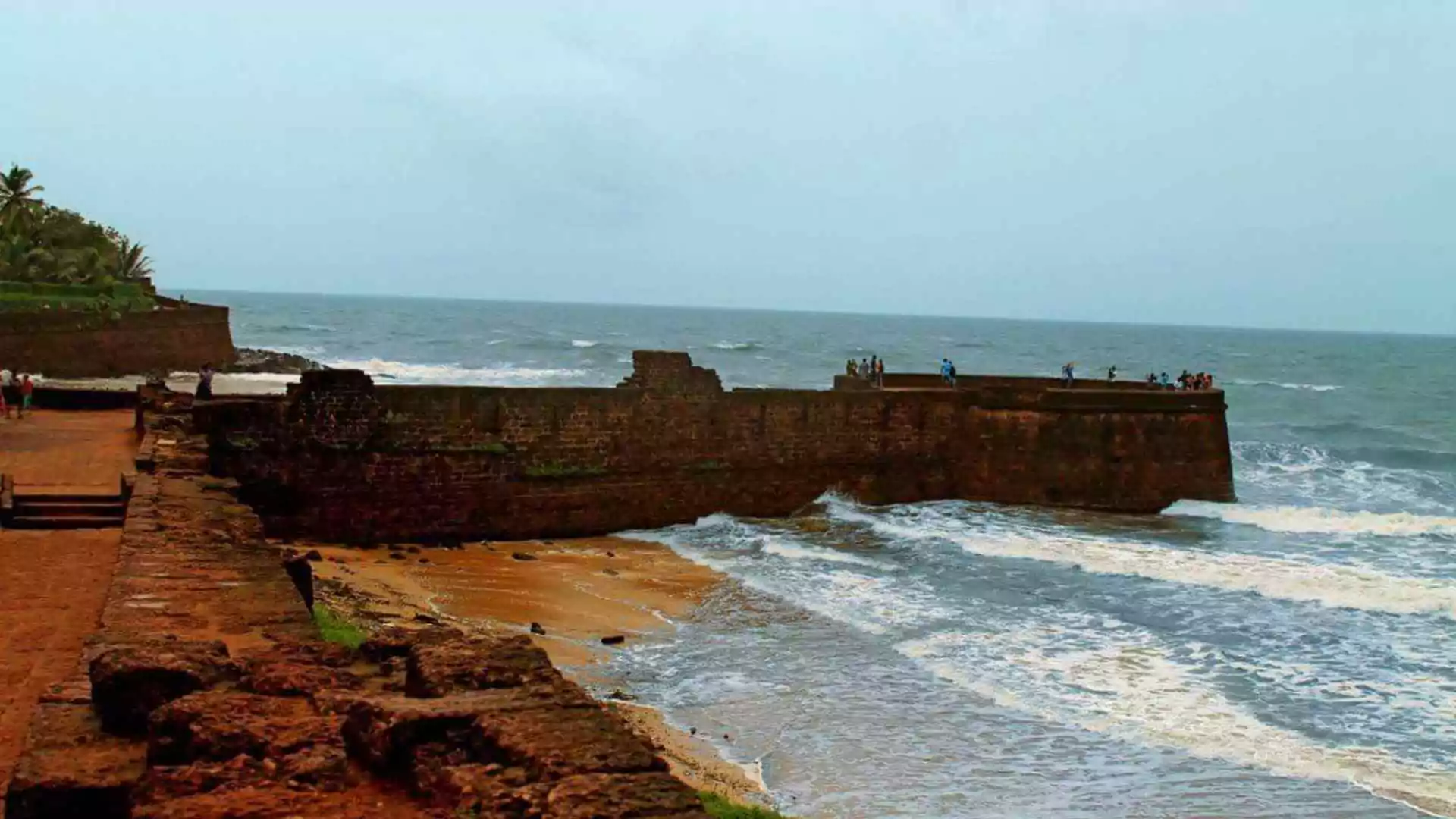The Taliban was formed in 1994 during the Afghan Civil War. It originated in southern Afghanistan, primarily in Kandahar, as a movement of Islamic students (or “Talibs”) led by Mullah Mohammad Omar, who sought to establish an Islamic government based on their interpretation of Sharia law.
The Taliban’s leadership structure has evolved over time. Key figures include:
Mullah Mohammad Omar (founder and first leader) – Led the group from its inception until his death (announced in 2015).
Mullah Akhtar Mansour (2015–2016) – Succeeded Omar but was killed in a U.S. drone strike.
Mawlawi Hibatullah Akhundzada (current leader since 2016) – Holds the title of Amir al-Mu’minin (Commander of the Faithful) and is the supreme leader of the Taliban.
In August 2021, the Taliban regained control of Afghanistan after the withdrawal of U.S. and NATO forces. They established an interim government, which includes senior members of the group. The leadership focuses on consolidating power and implementing policies based on their interpretation of Islamic law.
The Taliban, meaning “students” in Pashto, emerged in the early 1990s in northern Pakistan after the Soviet withdrawal from Afghanistan. The movement predominantly consisted of Pashtuns and initially gained traction in religious seminaries. These institutions, primarily funded by Saudi Arabia, promoted a strict form of Sunni Islam.
Early Objectives and Growth of Taliban
Operating across Pashtun regions in Pakistan and Afghanistan, the Taliban promised to bring stability, enforce their interpretation of Sharia law, and end the chaos left by the Afghan civil war.
Starting from southwestern Afghanistan, the group rapidly expanded its control, capturing Herat province near the Iranian border in 1995. By September 1996, they had seized Kabul, ousting President Burhanuddin Rabbani’s regime. By 1998, the Taliban dominated nearly 90% of Afghanistan.
Initial Popularity
Many Afghans initially supported the Taliban, weary from the corruption and infighting among mujahideen factions. The group gained favor by reducing lawlessness, tackling corruption, and ensuring safer travel and trade within their territories.
The Taliban implemented harsh punishments aligned with their strict interpretation of Islamic law, including public executions, amputations, and mandatory beards for men. Women were required to wear full burkas, and girls over ten were barred from attending school. Cultural and social restrictions included bans on television, music, and cinema.
Cultural and Human Rights Abuses
The Taliban’s regime became infamous for human rights violations and cultural destruction. A prominent example was the demolition of the ancient Bamiyan Buddha statues in 2001, despite global condemnation, symbolizing their disregard for Afghanistan’s cultural heritage.























